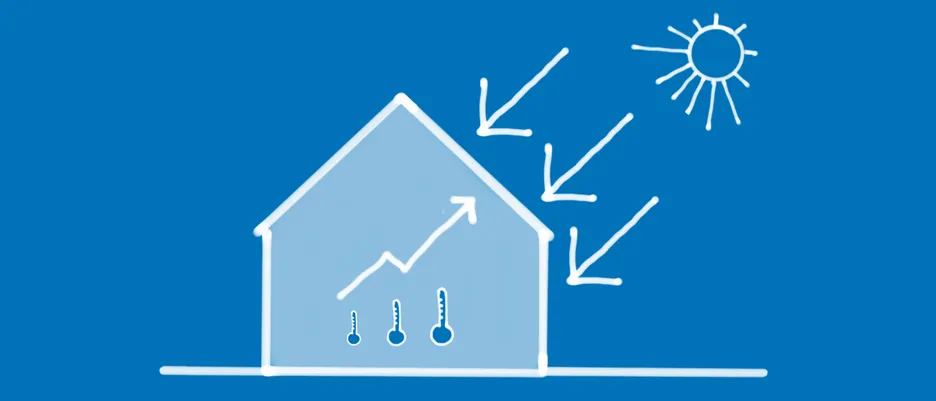
Summer thermal comfort
After the past summers with unusually long periods of heat, building users and building planners are showing increasing sensitivity with regard to the use of technical equipment for cooling indoor spaces. This sometimes makes the argumentative implementation of the climate directive for federal building projects very difficult. Against this background and the changing climatic conditions in Central Europe, the project aims to explore the future scope for maintaining an extensive avoidance of mechanical cooling in buildings without compromising the health and performance of building occupants. Adaptive and interdependent comfort models, the expectations of technology, the possibility of direct influence of the building user on the indoor climate, the current test reference years or forecast data of the DWD, as well as the most important construction or equipment-specific parameters such as facade and ventilation concepts, thermally activatable building mass, internal thermal loads, etc. are to be taken into account.
The results of the research project will serve as the basis for updating and revising the "Guideline on structural and planning requirements for federal building measures to ensure thermal comfort in summer" (climate guideline). The guideline was introduced by decree in 2008. Since then, the framework conditions used at the time, such as standards, test reference years (TRY) of the DWD, but also the technical and constructional possibilities as well as the available simulation tools have changed significantly. The aim is to continue to promote structural rather than technical solutions to optimize summer thermal comfort and thus minimize the costs and resource consumption of building operation.